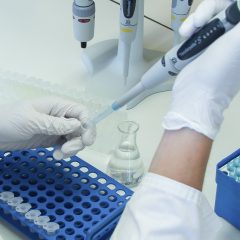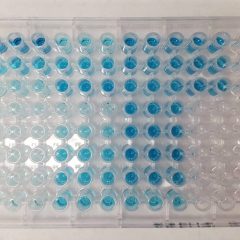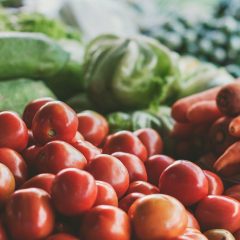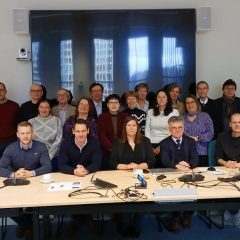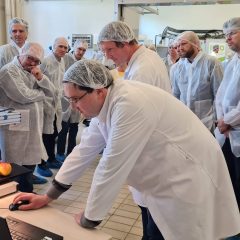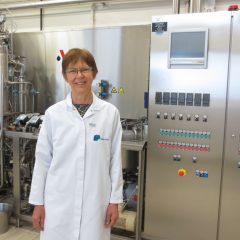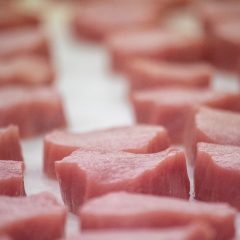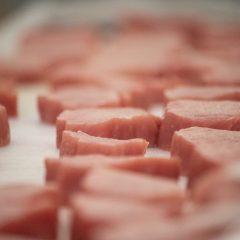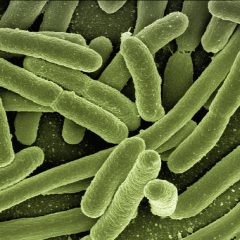Research project Understanding of multispecies biofilms in the food industry is indispensible to control biofilm related food safety and quality issues
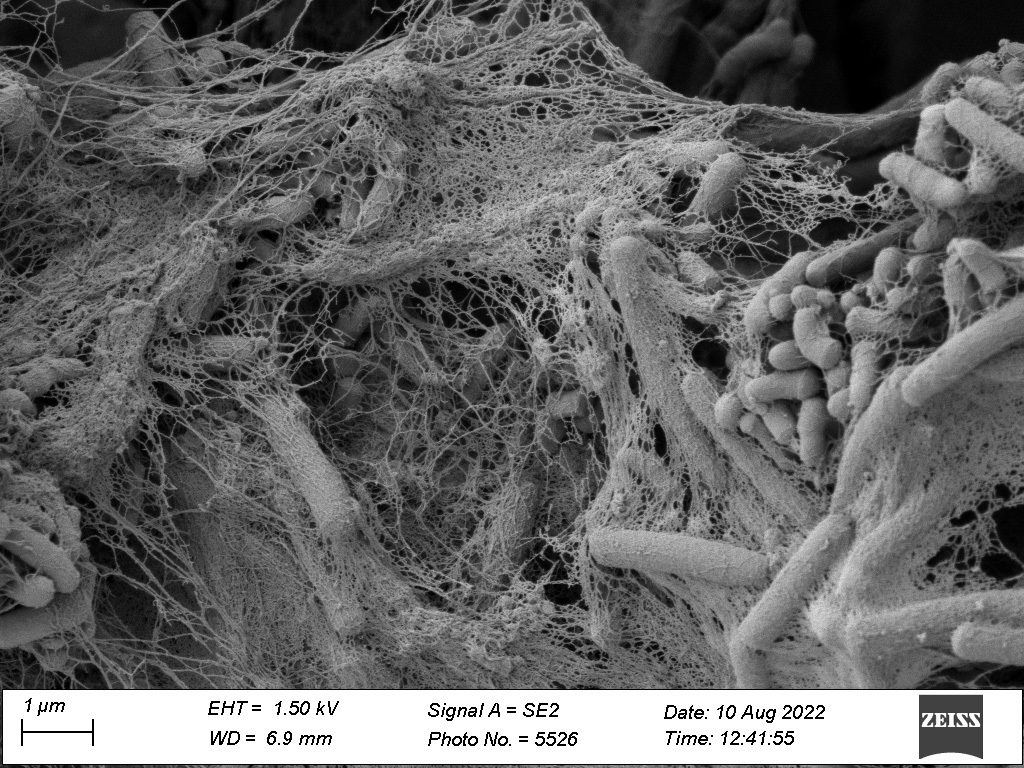
General introduction
Microbial contamination in the food industry constitutes an important risk for the safety and quality of food products. Despite cleaning and disinfection food contact surfaces often remain soiled with attached microbial communities called biofilms. These biofilms mostly contain different species which interact synergisticially, rendering them more resilient and harder to eradicate through routine cleaning and disinfection protocols. Most research up to now has been performed on single species biofilms which do not fully reflect the real situation. In this Marie Sklodowska Curie post-doc fellowship, interspecies interactions have been investigated between bacteria which have been previously isolated from food industries. This will enable to define the most optimal combinations of species for the formation of biofilms and how these species interact which each other.
Research approach
We have examined interspecies interactions between dominant bacterial isolates from the dairy, meat and egg processing industries. Multispecies biofilms were made in the lab with different combinations of maximum 4 species from the dairy industry in order to be able to select species combinations which produce the most biofilm biomass on stainless steel. In collaboration with KU Leuven, a biosensor based on a quartz-crystal microbalance (QCM), measurements were done to follow the adhesion of these biofilms in real time. The interactions between these species were investigated on gene expression level through metatranscriptomics. The biofilm architecture was investigated through confocal laser scanning microscopy in collaboration with the University of Copenhagen. Finally, we showed how these biofilms react to industrial cleaning and disinfection protocols in a model system with attached stainless steel coupons.
Relevance/Valorization
A key finding from the research is the essential presence of 'key bacteria' that accelerate the formation of biofilm and the growth of other bacteria. They essentially act as cornerstones that sustain the complex web of bacteria in a biofilm and promote the growth of other bacteria, such as Stenotrophomonas. They also influence the production of a protective matrix by other bacteria, a sticky substance that holds the biofilm together and protects it against cleaning and disinfecting agents. An example of such a key bacterium relevant to the dairy sector is Microbacterium lacticum.
This marks the first time that ILVO was able to attract a top scientist with international experience through the Marie Sklodowska -Curie postdoc fellowship program. During the research, a strong collaboration was also established with research groups from KU Leuven and the University of Copenhagen. Only through the complementary expertise and approaches of these three research institutes could the complexity of dynamics in biofilms be unraveled.
In addition to research, this fellowship included training aspects for the foreign post-doc researcher to optimize career opportunities. The results were disseminated through various lectures and posters at international conferences, as well as open-access scientific articles. Communication about the project and results was also shared with the dairy industry and the supplying sector of cleaning and disinfecting agents. The broader public was informed through social media, and a lesson was conducted for the biotechnical education at a secondary school.
Financing
EU Horizon2020
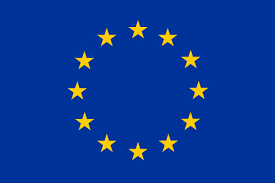
This project has received funding from the European Union’s Horizon 2020 research and innovation programme under the Marie Sklodowska-Curie grant agreement No 101025683.
Disclaimer
The results and conclusions in this presentation reflect only the authors’ view. The funding Research Executive Agency (REA), delegated by the European Commission, is not responsible for any use that may be made of the information it contains.

